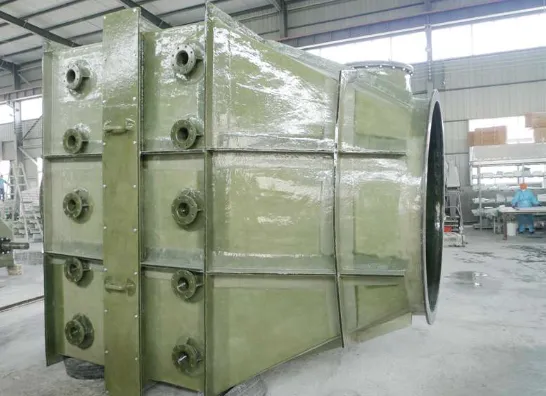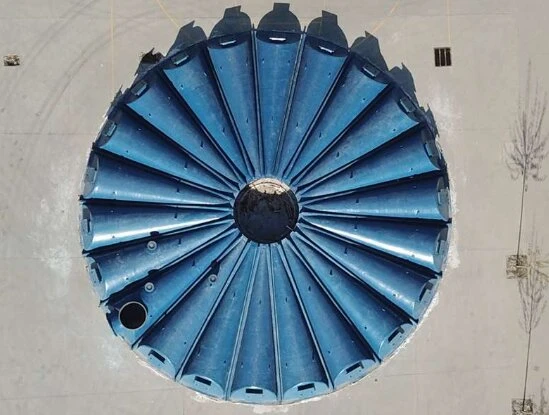
-
 Afrikaans
Afrikaans -
 Albanian
Albanian -
 Amharic
Amharic -
 Arabic
Arabic -
 Armenian
Armenian -
 Azerbaijani
Azerbaijani -
 Basque
Basque -
 Belarusian
Belarusian -
 Bengali
Bengali -
 Bosnian
Bosnian -
 Bulgarian
Bulgarian -
 Catalan
Catalan -
 Cebuano
Cebuano -
 China
China -
 China (Taiwan)
China (Taiwan) -
 Corsican
Corsican -
 Croatian
Croatian -
 Czech
Czech -
 Danish
Danish -
 Dutch
Dutch -
 English
English -
 Esperanto
Esperanto -
 Estonian
Estonian -
 Finnish
Finnish -
 French
French -
 Frisian
Frisian -
 Galician
Galician -
 Georgian
Georgian -
 German
German -
 Greek
Greek -
 Gujarati
Gujarati -
 Haitian Creole
Haitian Creole -
 hausa
hausa -
 hawaiian
hawaiian -
 Hebrew
Hebrew -
 Hindi
Hindi -
 Miao
Miao -
 Hungarian
Hungarian -
 Icelandic
Icelandic -
 igbo
igbo -
 Indonesian
Indonesian -
 irish
irish -
 Italian
Italian -
 Japanese
Japanese -
 Javanese
Javanese -
 Kannada
Kannada -
 kazakh
kazakh -
 Khmer
Khmer -
 Rwandese
Rwandese -
 Korean
Korean -
 Kurdish
Kurdish -
 Kyrgyz
Kyrgyz -
 Lao
Lao -
 Latin
Latin -
 Latvian
Latvian -
 Lithuanian
Lithuanian -
 Luxembourgish
Luxembourgish -
 Macedonian
Macedonian -
 Malgashi
Malgashi -
 Malay
Malay -
 Malayalam
Malayalam -
 Maltese
Maltese -
 Maori
Maori -
 Marathi
Marathi -
 Mongolian
Mongolian -
 Myanmar
Myanmar -
 Nepali
Nepali -
 Norwegian
Norwegian -
 Norwegian
Norwegian -
 Occitan
Occitan -
 Pashto
Pashto -
 Persian
Persian -
 Polish
Polish -
 Portuguese
Portuguese -
 Punjabi
Punjabi -
 Romanian
Romanian -
 Russian
Russian -
 Samoan
Samoan -
 Scottish Gaelic
Scottish Gaelic -
 Serbian
Serbian -
 Sesotho
Sesotho -
 Shona
Shona -
 Sindhi
Sindhi -
 Sinhala
Sinhala -
 Slovak
Slovak -
 Slovenian
Slovenian -
 Somali
Somali -
 Spanish
Spanish -
 Sundanese
Sundanese -
 Swahili
Swahili -
 Swedish
Swedish -
 Tagalog
Tagalog -
 Tajik
Tajik -
 Tamil
Tamil -
 Tatar
Tatar -
 Telugu
Telugu -
 Thai
Thai -
 Turkish
Turkish -
 Turkmen
Turkmen -
 Ukrainian
Ukrainian -
 Urdu
Urdu -
 Uighur
Uighur -
 Uzbek
Uzbek -
 Vietnamese
Vietnamese -
 Welsh
Welsh -
 Bantu
Bantu -
 Yiddish
Yiddish -
 Yoruba
Yoruba -
 Zulu
Zulu
Jan . 26, 2025 03:13
Back to list
Duct System
The world of tunnel construction presents unique challenges that demand specialized tools designed to effectively drill through formidable rock formations. Today, advancements in technology have ushered in new tools specifically designed for this arduous task, meeting the needs of the construction industry with greater efficiency and precision than ever before. This article delves into the intricacies of these tools, highlighting their design, application, and impact on the tunnel construction industry.
The role of robotics and automation in modern rock drilling cannot be understated. Automated drilling systems offer precision and control, reducing human error and enhancing safety. Tunneling rigs equipped with advanced sensors and AI-driven controls can adapt to changing rock conditions in real-time, optimizing the drilling process and ensuring maximum efficiency. Guiding the successful use of these advanced tools is a team of specialists who possess both the expertise and experience necessary to tackle the complexities of tunnel construction. These professionals draw on years of hands-on knowledge, ensuring that each piece of equipment is used to its fullest potential. Their understanding of rock mechanics, coupled with machine handling expertise, guarantees a seamless integration of machinery and manpower, fostering an environment where advanced technological solutions meet human ingenuity. One must also consider the environmental impact and sustainability when using these tools. Advances in drill bit technology and the reduction of noise and vibrations have made significant strides in making tunnel construction more eco-friendly. Tool designs that maximize drilling efficiency while minimizing energy consumption are becoming a focal point, signaling the industry’s commitment to sustainable practices. In conclusion, the development and application of tools specifically designed for drilling through rock in tunnels represent a blend of cutting-edge technology and engineering expertise. By continually refining these tools and techniques, the industry not only improves its ability to undertake complex tunneling projects but also fosters a culture of innovation and responsibility. The ongoing evolution of these specialized tools stands as a testament to the industry’s capacity to meet modern engineering challenges with creativity and diligence, paving the way for future advancements in tunnel construction.


The role of robotics and automation in modern rock drilling cannot be understated. Automated drilling systems offer precision and control, reducing human error and enhancing safety. Tunneling rigs equipped with advanced sensors and AI-driven controls can adapt to changing rock conditions in real-time, optimizing the drilling process and ensuring maximum efficiency. Guiding the successful use of these advanced tools is a team of specialists who possess both the expertise and experience necessary to tackle the complexities of tunnel construction. These professionals draw on years of hands-on knowledge, ensuring that each piece of equipment is used to its fullest potential. Their understanding of rock mechanics, coupled with machine handling expertise, guarantees a seamless integration of machinery and manpower, fostering an environment where advanced technological solutions meet human ingenuity. One must also consider the environmental impact and sustainability when using these tools. Advances in drill bit technology and the reduction of noise and vibrations have made significant strides in making tunnel construction more eco-friendly. Tool designs that maximize drilling efficiency while minimizing energy consumption are becoming a focal point, signaling the industry’s commitment to sustainable practices. In conclusion, the development and application of tools specifically designed for drilling through rock in tunnels represent a blend of cutting-edge technology and engineering expertise. By continually refining these tools and techniques, the industry not only improves its ability to undertake complex tunneling projects but also fosters a culture of innovation and responsibility. The ongoing evolution of these specialized tools stands as a testament to the industry’s capacity to meet modern engineering challenges with creativity and diligence, paving the way for future advancements in tunnel construction.
Next:
Related Products
Latest news
-
Exploring the Benefits of Top Hammer Drifter Rods for Enhanced Drilling PerformanceNewsJun.10,2025
-
High-Precision Fiberglass Winding Machine for GRP/FRP Pipe Production – Reliable & Efficient SolutionsNewsJun.10,2025
-
FRP Pipes & Fittings for Shipbuilding - Corrosion-Resistant & LightweightNewsJun.09,2025
-
Premium FRP Flooring Solutions Durable & Slip-ResistantNewsJun.09,2025
-
Premium Fiberglass Rectangular Tanks Durable & Lightweight SolutionNewsJun.09,2025
-
Tapered Drill String Design Guide Durable Performance & UsesNewsJun.09,2025









